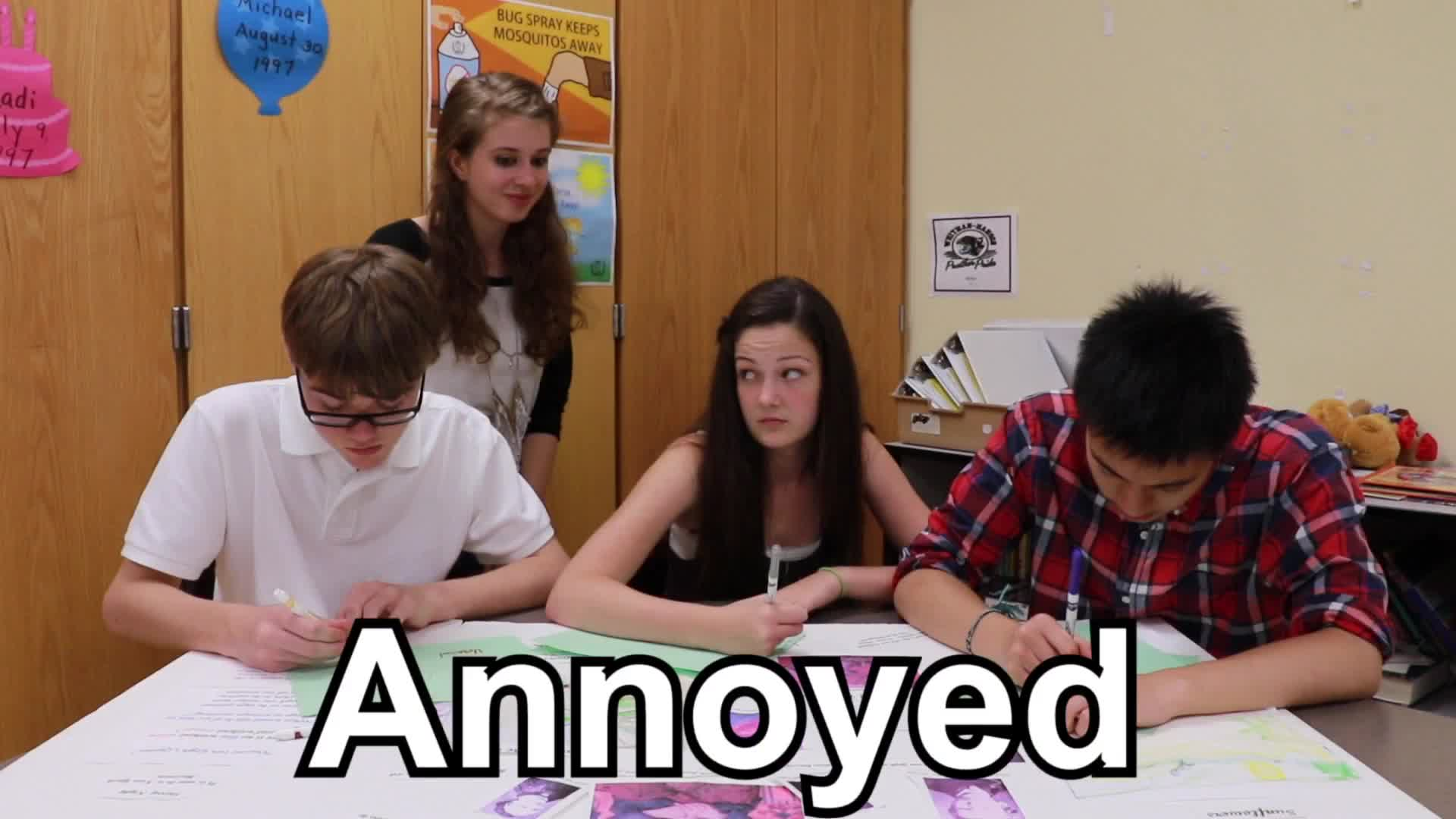Introduction
Joining a group conversation can be a daunting task for high school students, as they might struggle with understanding when it is appropriate to join in. By incorporating principles of Social-Emotional Learning (SEL), educators can teach students to recognize the right time to engage with a group, improving their social skills and fostering positive relationships. This blog post will present an activity and discussion questions to help educators guide students through the process of joining a group conversation.
No-Prep Activity
This activity requires no preparation or materials from the educator and aims to help students practice recognizing the right time to join a group conversation. The activity is called “Join the Group.”
- Divide the class into groups of 4-5 students. In each group, assign one student to be an observer.
- Have the groups engage in a conversation about a predetermined topic, such as an upcoming event or a shared interest.
- After a couple of minutes, instruct the observers to leave their group and join another group in the classroom, paying attention to the clues that indicate whether it’s a good time to join or not.
- Once the observers have successfully joined their new group, have them return to their original group and share their experience, discussing what they noticed and how they determined when to join the conversation.
Throughout the activity, remind students to be aware of body language, tone of voice, and other nonverbal cues that can indicate whether a group is open to new participants or focused on a task.
Discussion Questions
After completing the activity, facilitate a class discussion using the following questions:
- What clues did you notice that indicated whether it was a good time to join a group conversation or not?
- How did you feel when you were trying to join a group? Were you nervous, excited, or unsure?
- What strategies can you use to make joining a group conversation easier and more comfortable?
- How can you show that you are open to others joining your group conversation?
- Why is it important to be aware of the right time to join a group conversation and how does it relate to Social-Emotional Learning?
Related Skills
In addition to recognizing the right time to join a group conversation, other relevant skills for students to develop include:
- Active listening and showing empathy
- Effective communication and expressing oneself clearly
- Respecting others’ opinions and perspectives
- Collaborating and working well in a group
- Identifying and managing emotions in social situations
Next Steps
Now that you have an idea of how to teach high school students when and how to join a group conversation, consider exploring more engaging activities and resources that promote Social-Emotional Learning. To get started, sign up for free samples of various SEL skills and activities at Everyday Speech. By incorporating these resources into your teaching, you can help students develop essential social skills and foster a positive learning environment.






